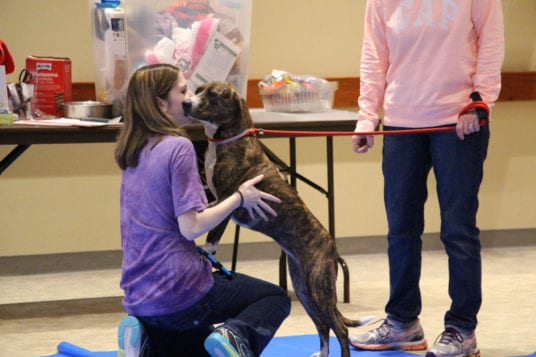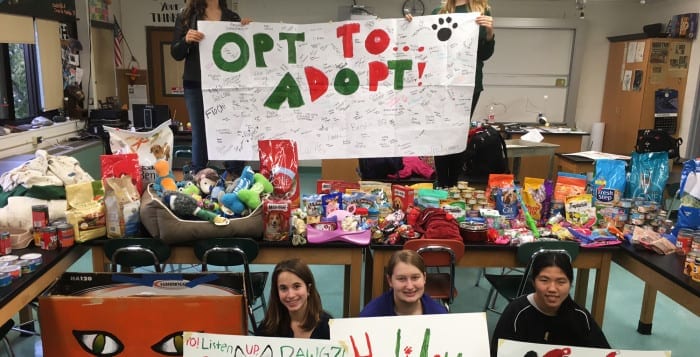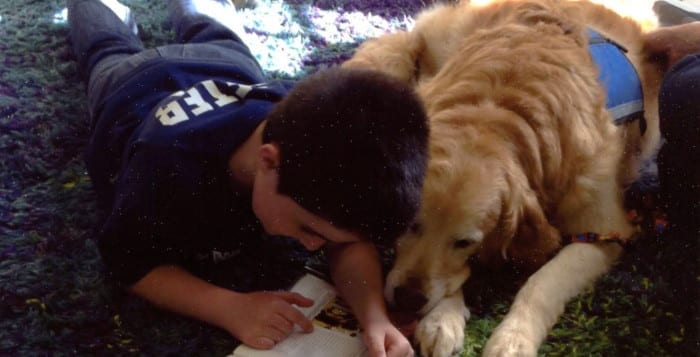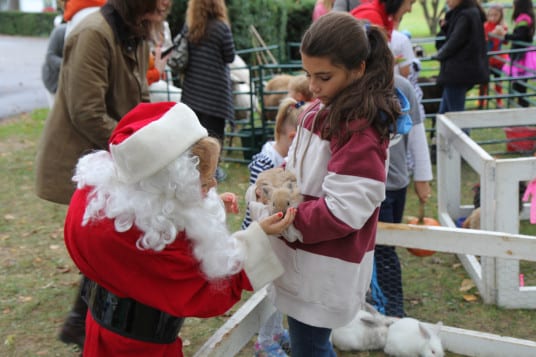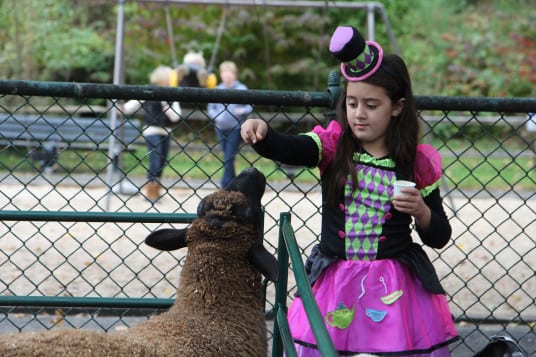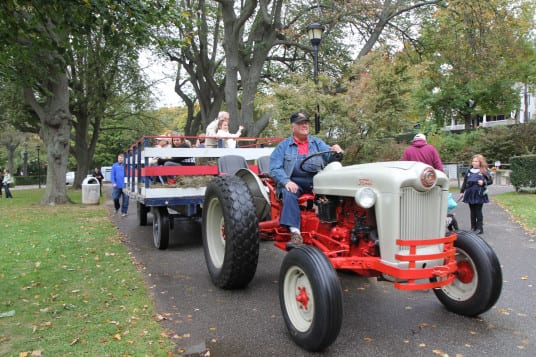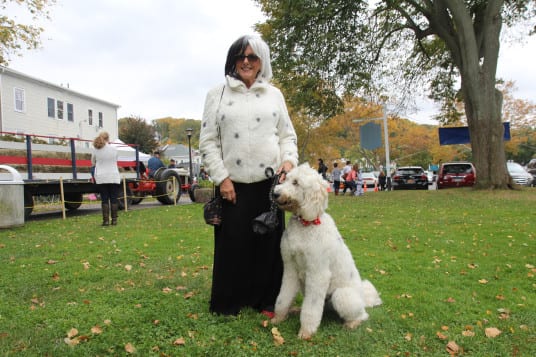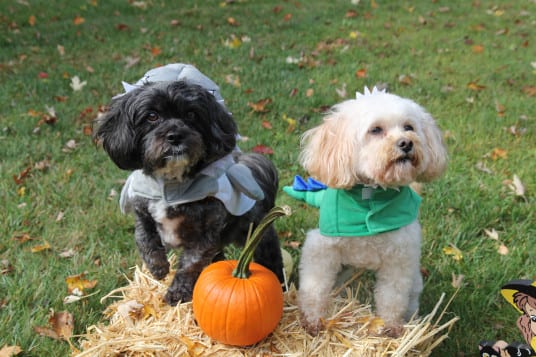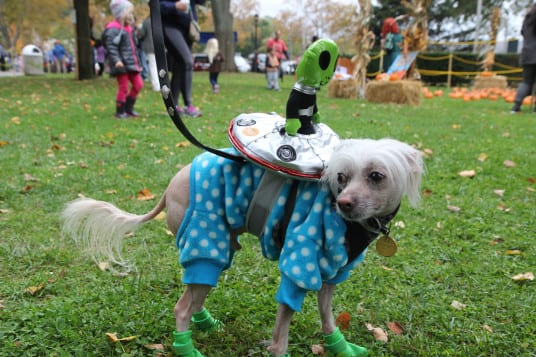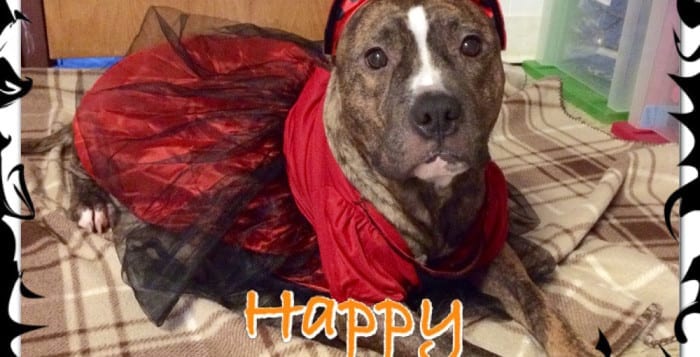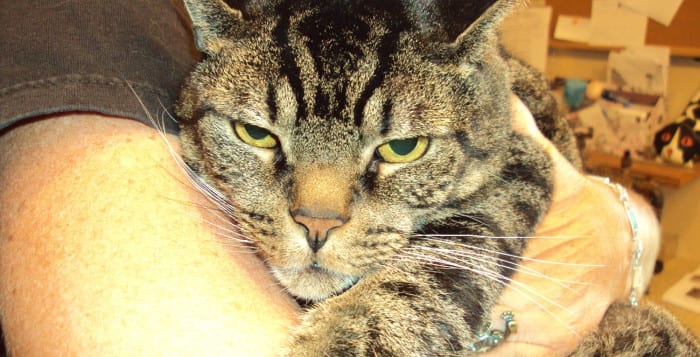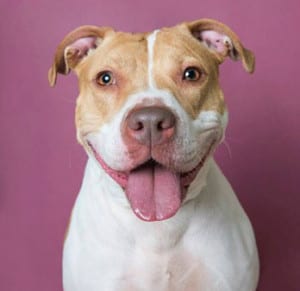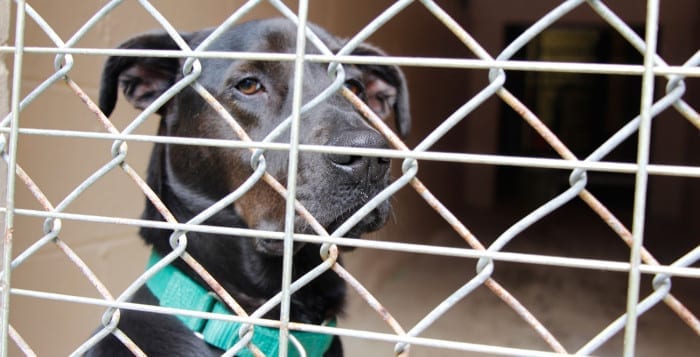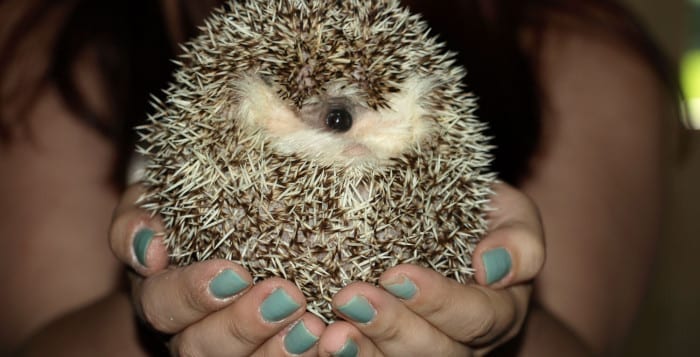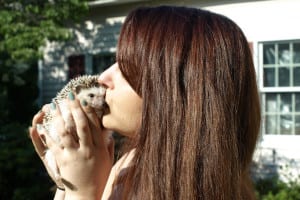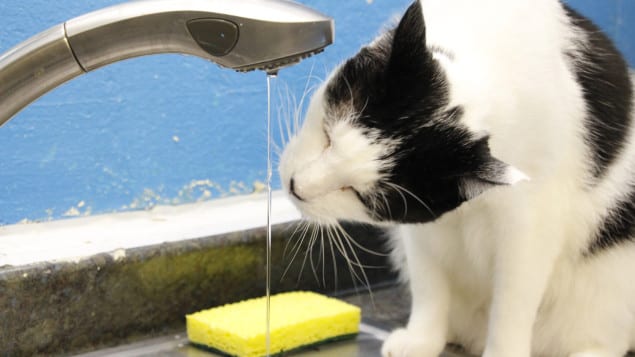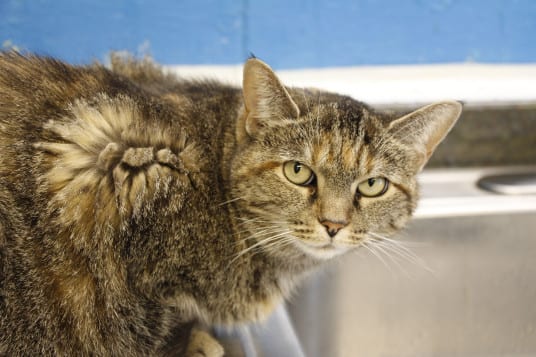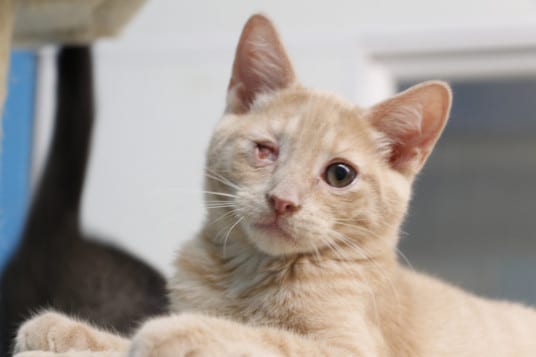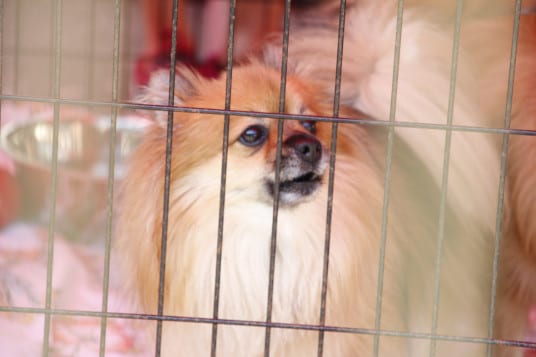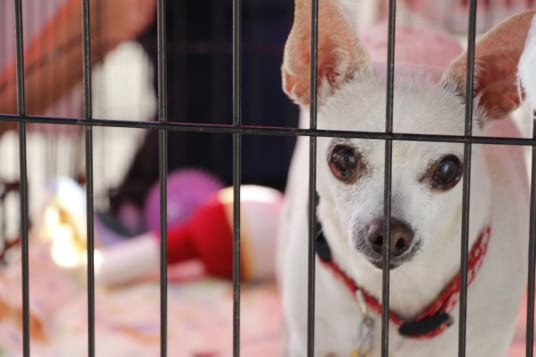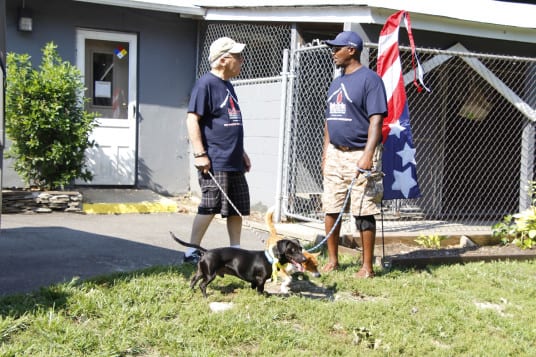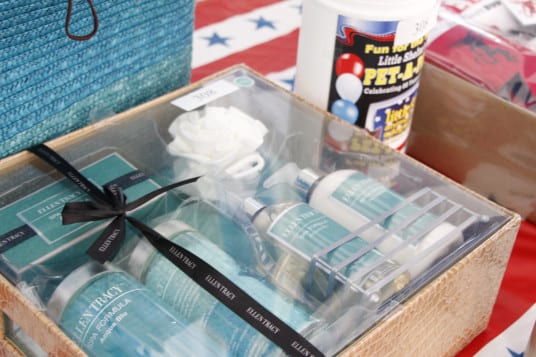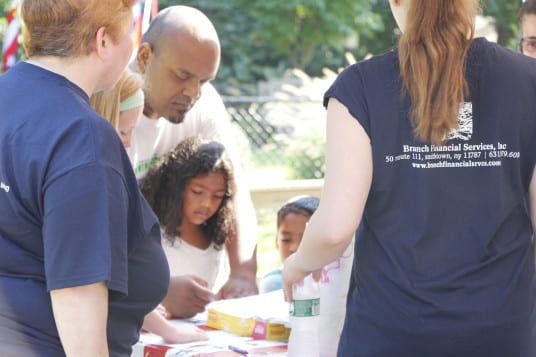1 of 9
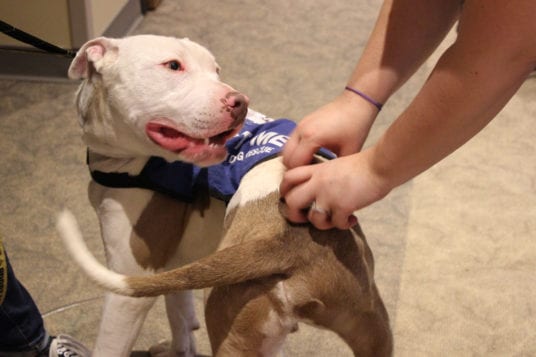
Hazbro is a pit bull hound mix up for adoption at Live Love Bark. This puppy is younger than a year old and was brought into the shelter as a stray with another dog that the shelter believes to be his mother. This friendly energetic dog was looking for his forever home at the Pet Adoption Fair at Comsewogue Public Library on April 23. Photo by Giselle Barkley

Lucky is a 9-year-old Chihuahua mix who came from a high-kill shelter in Texas and is currently residing at Save-A-Pet. Residents got a chance to meet him at the Pet Adoption Fair at Comsewogue Public Library on April 23. Photo by Giselle Barkley
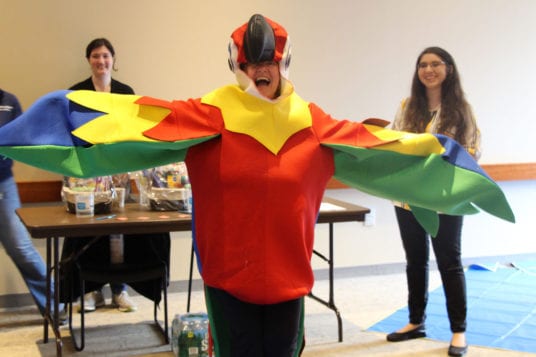
A member of the Long Island Parrot Society flaps her wings at the Pet Adoption Fair at Comsewogue Public Library on April 23. Photo by Giselle Barkley
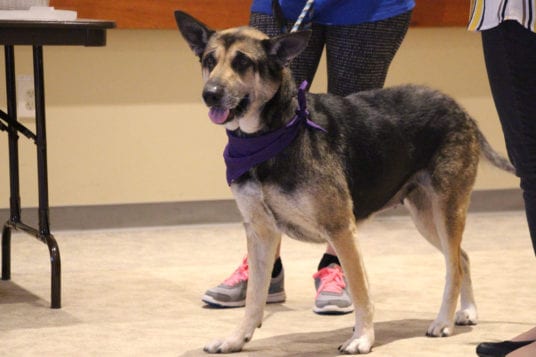
Diva, an 8-year-old, was brought into the Brookhaven Animal Shelter as a stray. The owners did not want her back. She is a sweet dog that is currently up for adoption, and was presented at the Pet Adoption Fair on April 23 at Comsewogue library. Photo by Giselle Barkley
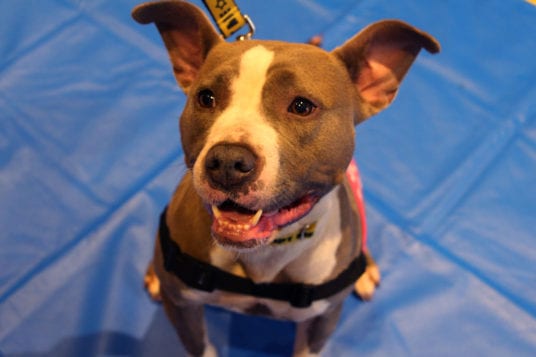
Desi is a purebred pit bull from Live Love Bark, brought to the shelter four months ago. Desi spent the beginning of her life in a place without any human contact. On April 23, she was more than happy to greet those who came up to her at the Pet Adoption Fair at Comsewogue Public Library. Photo by Giselle Barkley
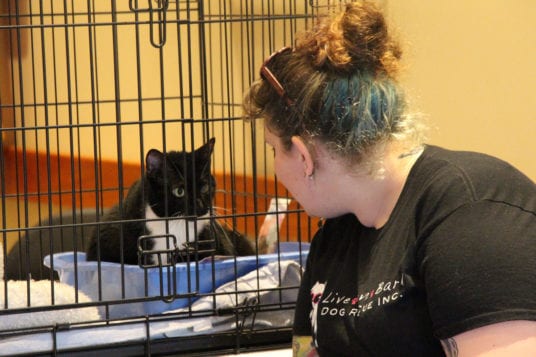
A woman from Live Love Bark greets one of the cats at the Pet Adoption Fair at Comsewogue Public Library on April 23. Photo by Giselle Barkley
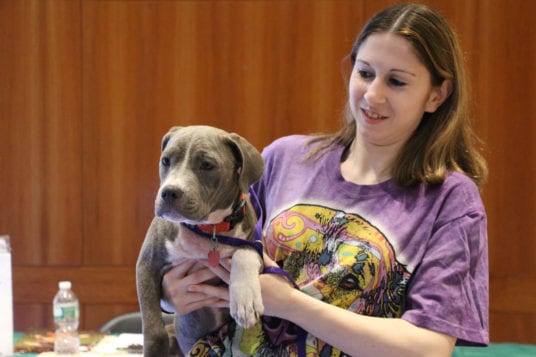
A 4-month-old puppy from Philadelphia is one of the newest additions up for adoption at Save-A-Pet in Port Jefferson Station. Residents got a chance to meet and play with the pup at the April 23 Pet Adoption Fair at Comsewogue Library. Photo by Giselle Barkley
The Comsewogue Public Library held its second Pet Adoption Fair on April 23, showcasing several animals from local shelters who are looking for adoptive homes.
Save-A-Pet Animal Rescue and Adoption Center, Brookhaven Animal Shelter, Grateful Paw Cat Shelter, Live Love Bark, the Long Island Parrot Society and other animal organizations brought some of their furry friends to the fair.
There were dogs of different ages and breeds greeting people inside the library, bringing light to a rainy day.


